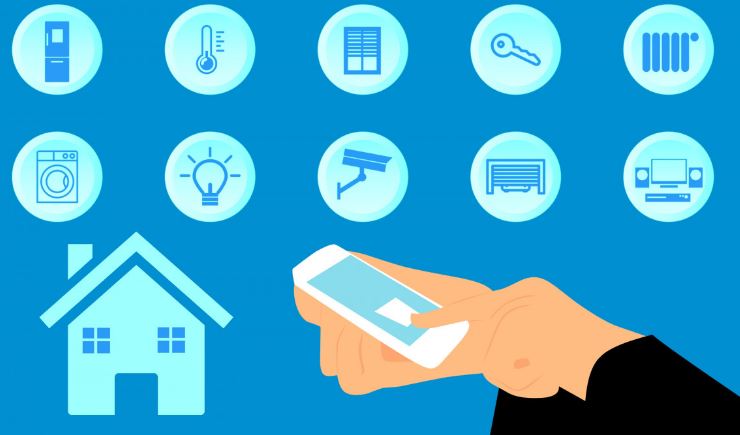Having an intelligent home service can make your life easier and more convenient. Not only can you control appliances in your home using your smartphone, but you can also control your lighting, security, and more. You can even monitor your energy usage by turning on and off lights based on the time of day.
Wi-Fi
When using a smart home service in Philadelphia, PA., Wi-Fi makes it simple to monitor your house from anywhere. There are several intelligent devices that a mobile app can handle. They have Wi-Fi radios.
The most important thing to remember when using Wi-Fi in intelligent home service is to have a strong network connection. If your home has a weak Wi-Fi signal, your smart devices will run out of battery much sooner.
The best way to get a good Wi-Fi signal is to connect multiple devices to a wireless router. The router should be a modern, up-to-date modem that can handle many devices.
A mesh network will help create a network that will work with a wide variety of devices. This allows the devices to work together to make the home more thoughtful. A mesh network comprises multiple broadcast points and can support thousands of devices.
Z-Wave
Getting started with Z-Wave intelligent home service can be a bit confusing. However, this innovative home protocol is built to avoid the pitfalls of other innovative home technologies. The benefits of Z-Wave include a simple setup, automatic control, and easy firmware updates.
Z-Wave works by creating a mesh network of smart devices. This is a great feature for larger homes. The devices connect through a central hub. The hub is connected to your Internet service. The intelligent devices use a Z-Wave app to communicate with the corner.
Smart home devices that support Z-Wave are faster to respond than devices that rely on Bluetooth or Wi-Fi. Z-Wave is also low power. As a result, you can install Z-Wave on almost any electronic device.
You can also add a Z-Wave hub to your home security system. This will allow you to control your home’s devices from your phone.
Insteon
Last week, many Insteon users noticed problems with their intelligent home networks. These problems included devices not working and the Insteon hub not communicating with the cloud. Many customers expressed frustration. They have begun considering alternatives.
Insteon is an intelligent home system of devices communicating over a proprietary 900MHz protocol. Each machine has a unique identifier. Knowing this ID is essential so the device can be appropriately linked.
Insteon was a subsidiary of Smart labs, an Irvine-California-based intelligent home company. Insteon products were available for a limited time, but many were back-ordered. This made it difficult for customers to get their Insteon products.
The company was reportedly in bankruptcy proceedings. Various executives associated with Insteon have listed their positions as having ended or being removed.
TP-Link Deco M9 Plus
TP-Link Deco M9 Plus intelligent home service is a mesh Wi-Fi system that provides super-fast connections. It also acts as a hub for smart home devices. Using this technology, the device automatically selects the best reference for each device. It also eliminates weak signal areas.
The Deco M9 Plus can support up to 100 devices. It supports Wi-Fi and ZigBee. It also features a built-in ZigBee controller, which makes it possible to connect to various smart home devices. TP-Link supports leading innovative home brands like GE and Kwikset. It also works with Amazon Alexa. In addition, it is compatible with IFTTT, which allows users to connect to smart home devices using a single app.
The Deco M9 Plus is easy to install and use. It has a single LED status indicator that pulses blue when the system is ready to be configured. It also supports a second 5GHz wireless channel.
Security measures
Regardless of the type of smart home device you’re using, you should follow a few security measures to protect your home from hackers. There are many smart devices, from smart speakers to smart locks.
One of the most common security measures is to secure your Wi-Fi network. This can be accomplished by creating a password, locking it down, and never sharing it with other accounts. Keeping your network connection will prevent attackers from gaining access to your devices.
Another intelligent home security measure is to use two-factor authentication. This will ensure that the data you send comes from a legitimate source.
One of the most significant vulnerabilities in innovative home technology is that many of these devices have little to no built-in security. As a result, if the device is compromised, you could lose your sensitive information.
